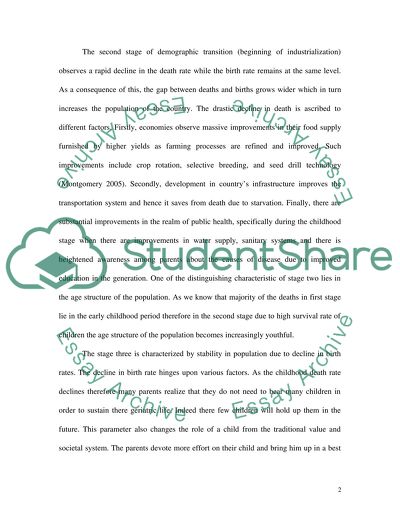Cite this document
(Demographic Transition Essay Example | Topics and Well Written Essays - 1250 words, n.d.)
Demographic Transition Essay Example | Topics and Well Written Essays - 1250 words. https://studentshare.org/people/1549956-what-is-he-demographic-transition-and-why-is-it-important-today
Demographic Transition Essay Example | Topics and Well Written Essays - 1250 words. https://studentshare.org/people/1549956-what-is-he-demographic-transition-and-why-is-it-important-today
(Demographic Transition Essay Example | Topics and Well Written Essays - 1250 Words)
Demographic Transition Essay Example | Topics and Well Written Essays - 1250 Words. https://studentshare.org/people/1549956-what-is-he-demographic-transition-and-why-is-it-important-today.
Demographic Transition Essay Example | Topics and Well Written Essays - 1250 Words. https://studentshare.org/people/1549956-what-is-he-demographic-transition-and-why-is-it-important-today.
“Demographic Transition Essay Example | Topics and Well Written Essays - 1250 Words”. https://studentshare.org/people/1549956-what-is-he-demographic-transition-and-why-is-it-important-today.


